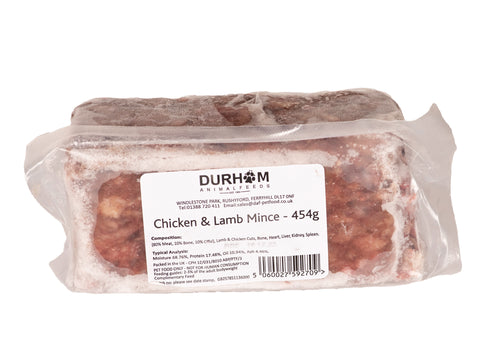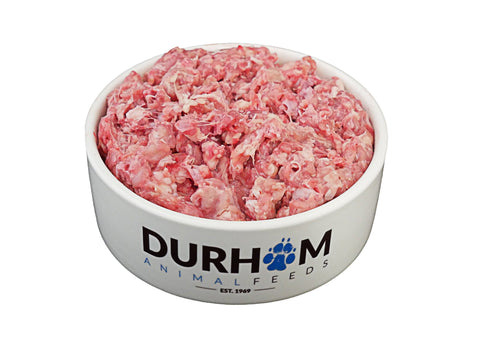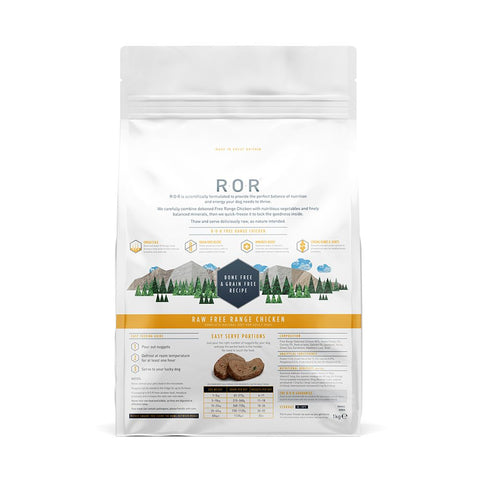Basic Parrot Guide & Training

Your New Parrot or Parakeet
The first day – It may be tempting to get your bird out and play with him but its best to leave them for at least a day to settle and acclimatise to their new surroundings.
The best place for the cage is in the main room your family uses, against a wall so that it doesn’t get any surprises from behind as this can spook them. Never sneak up on the bird if it’s sleeping or from behind as this is what predators would do and can make your bird not trust you.
When teaching your bird anything a lot of people will tell you to knock the bird off balance this is poor technique, if it’s teaching the bird to step up or not to bite, you can knock the bird’s confidence unbalancing them.
You want to build up trust with your bird, the first thing to do is scratch their head, do this gently from the side, do not attack them from the top as this is what a predator would do. The bird should fluff up its feathers this will mean it’s enjoying it. This may take some time depending on the bird.
Teaching your bird to step up – use a treat, its ok to show your bird the treat in one hand, with the other place it in front of the bird and say step up. When the bird steps onto your hand it’s then ok to give it the treat. Start off in the cage, move your hand about & get the bird used to movement. While teaching this it is advisable to put the bird straight back onto the perch or into the cage. Test the water, do things slowly and if your bird shows any signs of distress stop and go back a step.
Teaching your bird not to bite – there are many reasons a bird may bite, targeting the reason will benefit your training. Many bird books will recommend shaking your hand and knocking the bird off balance, squirting the bird in the face with water or to ignore it, this is not recommended. This will create a bad feeling with your bird. Young birds may bite to explore, if your bird is bonded to you, you can use this technique – If your bird bites you say ouch loudly, put the bird back or walk away. This way the bird realises that it hurts you and the attention stops. This come from the wild, if a bird gets bitten too hard will yell and fly away. This may take a few times, consistency over time will decrease the pressure of the bite. They realise that biting means that play time is over.
If your bird isn’t bonded to you or an adult the method above will not work, as they will view you as scary & learn that biting means that you go away. Don’t rush things, there are no quick fixes, take your time and do it will the results will last a life time. Start with a box of its favourite food outside, each time you go by drop a treat into its bowl & walk away, this lets the bird get used to you and realises that you mean good things. Work up to feeding the bird out of your hands, then you can move onto teaching your bird to step up as I mentioned above.
If you let your bird out to play don’t ignore it for half an hour until you want to put it away. The bird will learn that you asking it to step up means that play time is over and they get put away. This may encourage them to bite as they don’t want to go in from play time. Instead go over to the bird several times while its out, ask it to step up and get a treat, this means the bird doesn’t associate you asking it to step up with a negative (being put away).
You want to use positive reinforcement each time, to show your bird it can trust you and build a bond.
This is a very brief blog, there are some great tutorial videos on YouTube, I like wingsNpaws & his lovely African Grey Smoky, check him out.










